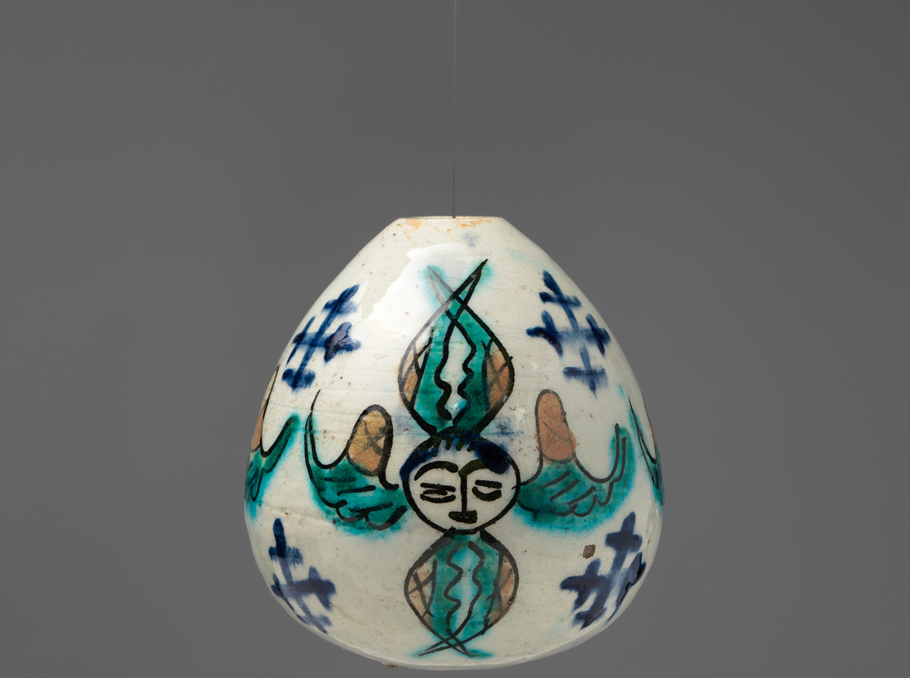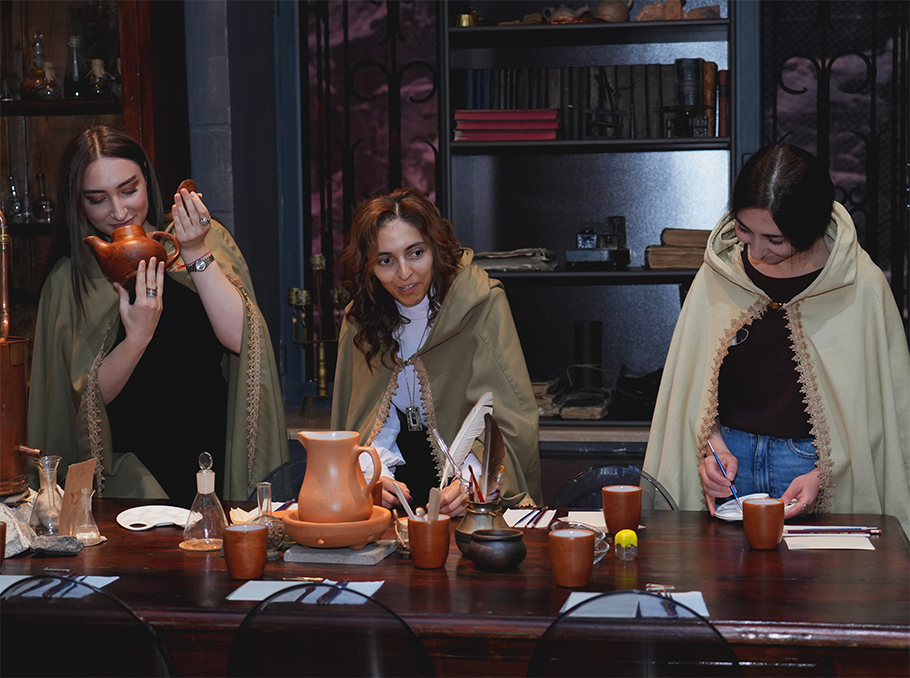One of the world's top 10 museums, the New York’s Metropolitan Museum of Art will hold a major exhibition dedicated to the Armenian history and culture. The “Armenia!” exhibition will open on Armenian Independence Day, September 21, 2018 and close after Armenian Christmas on January 13, 2019. The exhibition will present the Armenian art of the 4th-17th centuries, displaying 140 works from around the globe.
For the first time Armenian art will be broadly presented at the Met. “Armenia!” will mainly feature samples from three museums of Armenia: Museum of the Mother See of Holy Etchmiadzin, the Mesrop Mashtots Institute of Ancient Manuscripts-Matenadaran and the History Museum.
#MetArmenia. Exhibition Overview
“Armenia!” is curated by Helen C. Evans, the Mary and Michael Jaharis curator of Byzantine Art at the Metropolitan. Dr. Evans has told Mediamax that the exhibition will present the role of Armenian art as the visual voice of the first Christian nation.
The importance of Armenia on international trade routes that ultimately cross the globe will also be shown. The exhibition will extend over 1,300 years, from the Armenian conversion to Christianity to the widespread arrival of books printed in Armenian in the Armenian homeland.
 Helen Evans
Helen EvansPhoto: Metropolitan Museum of Art
“We would hope that all Armenians will find the exhibition a significant experience. For the first time, The Met will present exceptional works of Armenian art lent by major repositories of Armenian art and culture that will demonstrate the power and beauty of medieval Armenian heritage to the world,” said Helen Evans.
Exhibition Object Highlights
More than half the works in the exhibition will come from The Mother See of Holy Etchmiadzin, the Matenadaran and The History Museum in Armenia. The Great House of Cilicia in Antelias, Lebanon, the Brotherhood of St. James in Jerusalem, and the Mekhitarist Fathers at San Lazzaro in Venice are also lending significant works as are the Gulbenkian Museum in Lisbon, and the Manoogian Museum, the Armenian Museum in America and the Archdiocese in New York.
Helen Evans informed that the exhibition will include the adoption of Christianity, the Armenian alphabet created by Mesrop Mashtots and its impact, samples from the years of the Armenian Kingdom of Cilicia, manuscripts of different centuries and the first printed books in Armenian.
Connections. Helen Evans
Evans did her dissertation on the Armenian manuscripts of Cilicia and since completing it and staring working at the Met she has been planning to do an exhibition dedicated to the Armenian heritage. In each of the big exhibitions Evans curated, there have been Armenian loans as an important element of the Eastern Christian world. “The Glory of Byzantium (843-1261)” in 1997 and “Byzantium: Faith and Power (1261-1557)” in 2004, curated by her, showed that Armenia was an important section of an Eastern Christian community that operated within the sphere of the Byzantine Empire.
She co-curated as well the Morgan Library and Museum’s 1994 exhibition, “Treasures in Heaven: Armenian Illuminated Manuscripts.” Helen Evans has also taught courses on Armenian art at Columbia University and published widely on Armenian topics.
 Helen Evans
Helen Evans Photo: Neomagazine.com
During one of her lectures, Evans remarked that she considered it an honor to be involved in organizing the “Armenia!” exhibition, adding that they expect to make Armenian culture more recognized and accepted as a presentable part of world arts.
Related Content
In 2015, The Metropolitan Museum of Art was approached by representatives of the President of Armenia’s Office and the Ministry of Culture about an exhibition. Subsequently, Griffith H. Mann, head of the Museum’s Department of Medieval Art and The Cloisters, and Helen Evans traveled to Armenia to meet with government officials and representatives of the major institutions that could lend to an exhibition on medieval Armenian art. After discussions with the institutions in Armenia and the administration of The Met, a loan list was approved and an exhibition date scheduled.
While very preliminary discussions began before 2015, active preparation for the exhibition began with Dr. Mann and Evan's visit to Armenia in 2015. Dr. Evans marked that organizing major exhibitions at The Met normally takes four to five years, so to them the exhibition is moving very quickly. It takes time to organize an exhibition concept, to arrange the appropriate loans, to develop the catalogue, to raise the funds for the exhibition, and to install it with the level of care and safety that they require.
Past Display. Khatchkar
Before everything there was the first display of a khatchkar. Back in 2008 Dr. Evans traveled to Armenia, organized and oversaw the installation of it, which was on display in the Mary and Michael Jaharis Galleries for Byzantine art at The Met.
 Khatchkar at the Metropolitan Museum of Art
Khatchkar at the Metropolitan Museum of Art
“It was a great honor to travel to Armenia with Jack Soultanian, Conservator in the Department of Objects Conservation at the Met, to determine which Khatchkar would come to our Museum. We had worked for several years on arranging the loan, the first loan from the Republic of Armenia to The Met. Next to the Khatchkar, we have a case where Armenian works of art in the Museum’s collection are displayed. These have included an Armenian manuscript and manuscript leaves, a Kutahya egg and Armenian coins from the Met and other collections. Together the Khatchkar and the works in the case offer the public a view of important aspects of medieval Armenian art,” said Evans.

This was the first display of a Khatchkar in any museum in the United States. The Khatchkar was borrowed from Armenia to be permanently installed in one of the major galleries of the Met where most of the Museum’s seven million visitors a year see it.
The khatchkar is always on display and much appreciated by visitors. It cannot be moved without a member of the History Museum of Armenia being present, so those who approved the loan will always be aware if it is moved.
The Khatchkar will also be in the exhibition “Armenia!”, hence those bringing the loans can oversee the movement of it into the exhibition space. The Met’s former director wrote in his book that the khatchkar at the Met is to be part of the world’s art. “Armenia!” will be a continuation of the khatchkar.
Amalie Khachatryan






























Comments
Dear visitors, You can place your opinion on the material using your Facebook account. Please, be polite and follow our simple rules: you are not allowed to make off - topic comments, place advertisements, use abusive and filthy language. The editorial staff reserves the right to moderate and delete comments in case of breach of the rules.